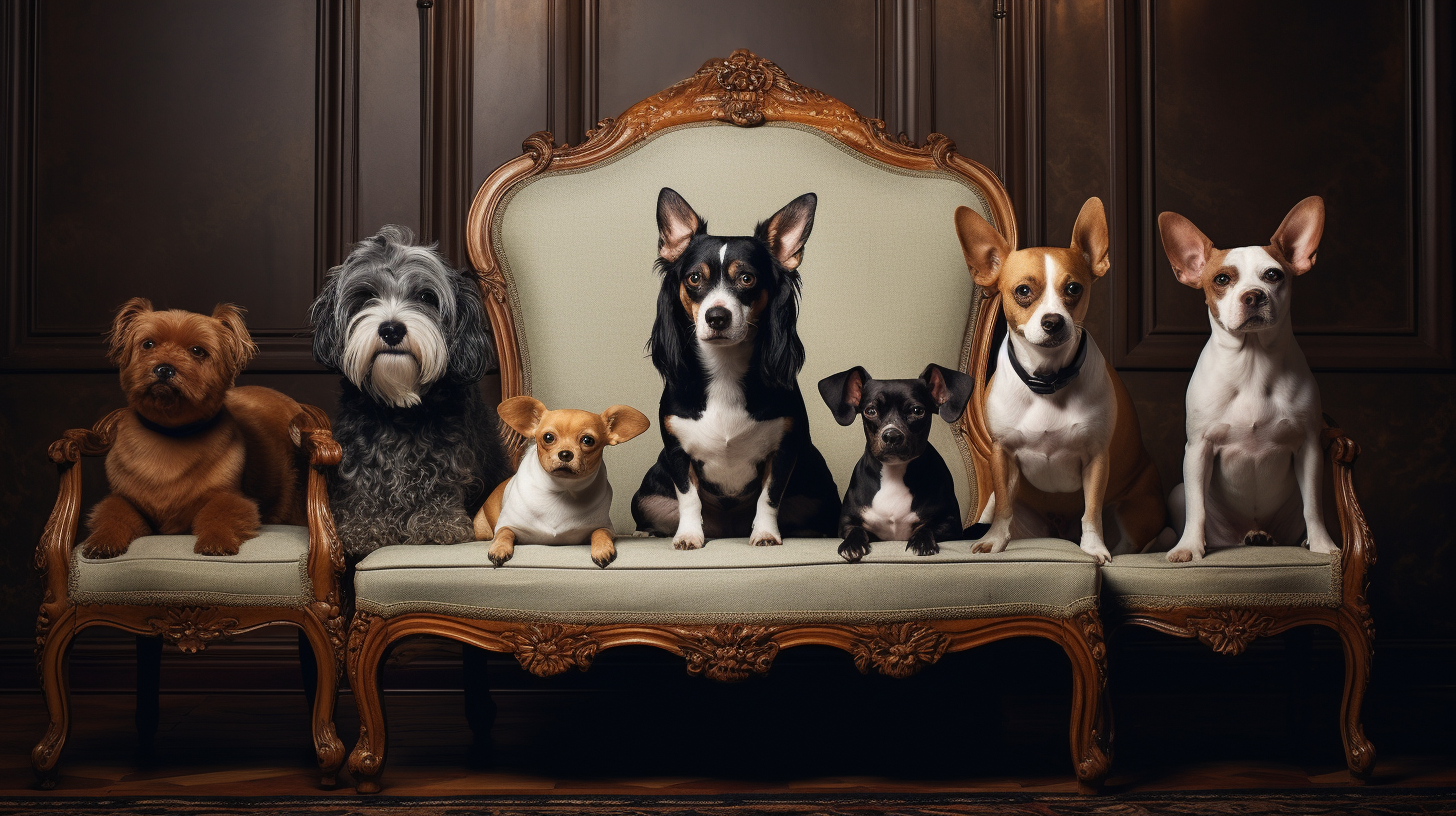In the bustling streets of the Canine Republic, no growl goes unheard, especially when it resonates within the hallowed halls of Barkliament. But as the political landscape evolves with the advent of social media and the zeal of young, tech-savvy pups, the question on every dog’s mind is: whose bark truly influences the decisions in Barkliament?
Recent developments have seen a surge in influence from two primary groups: the charismatic social media influencers and the energetic young dogs of the Republic. These groups, with their respective platforms and followers, are setting the future course for canine politics.
Sir Barkalot and Lady Sniffington, the affluent influencers we’ve read about in the recent scoop, are known for their elegant sniffs and whimsical woofs that have thousands tilting their ears. Their bark has crossed parks and pen pals, influencing the dogmocracy as we know it. One tweet from Sir Barkalot about stray dog adoption generated so much public support that Barkliament passed a bill for a new Puppy Protection Program almost overnight.
Of course, not all tails are wagging in agreement. Critics worry about the oversimplification of complex issues and the potential for misinformation. Yet, it’s undeniable that these influencers are raising crucial awareness and pushing the agenda further than many elected hounds.
Then, there is the spirited vigor of the young politicians and activists like Poodle DePaws and Retriever Youngblood. These impassioned pups are not just chasing their tails; they’ve brought a new breed of politics to Barkliament. From pushing for modernized voting systems to encouraging a revolution in canine education reform, their fresh ideas have shed light on areas once overshadowed by older, conventional policies.
The influence of young dogs extends beyond policy-making to shape the very culture of the Republic’s politics. Their call for more collaborative governance and inclusivity is not just adorable but incisive. They’ve introduced platforms such as ‘YapApp’, a canine social network designed for political debate and consensus-building, which has grown particularly popular among younger voters.
These are tails of two litters, and as they intertwine, a more participatory form of governance emerges. The duality of popularity and policy, celebrity and citizenship, questions the very ethos of the Canine Republic’s political process. As constituents, are we going to throw the frisbee further on the basis of popularity, or do we sit and stay for a well-researched policy?
In conclusion, the bark that influences Barkliament is as varied as the breeds within our Republic. While the purebred influence of social media stars and the hybrid vigor of youthful politicians are currently leading the pack, the future remains uncertain. It leaves us pondering: How will this interplay of influences shape our dog-eat-dog world of politics? And importantly, how will the electorate—us, the common pups—use our own barks in this cacophony of political discourse?
